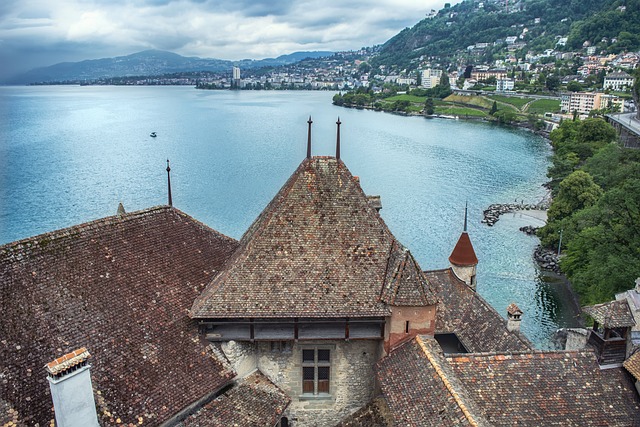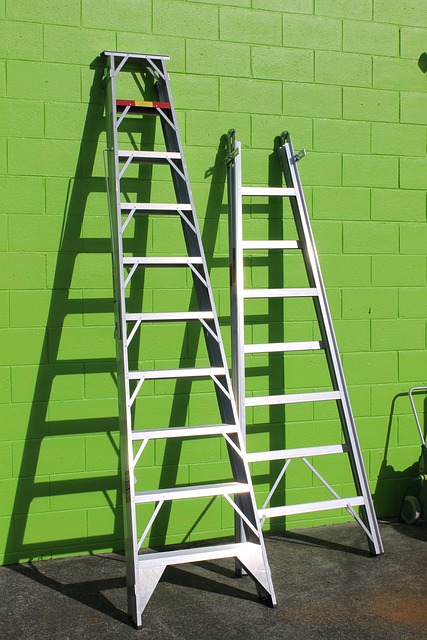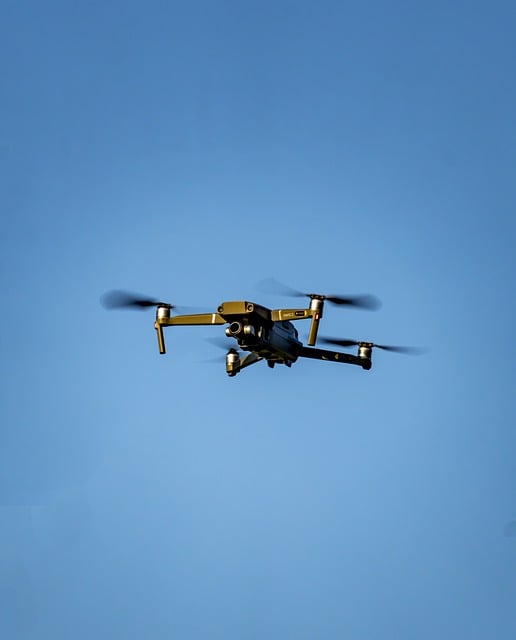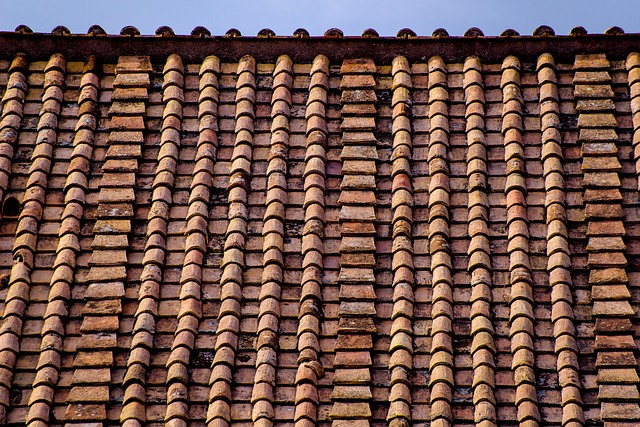Commercial roofing solutions are designed for durability and structural support. High initial costs can be offset by regular maintenance, such as inspections, leak repairs, and drainage cleaning, which extend roof lifespan and reduce long-term expenses. Key considerations include material durability, energy efficiency, environmental impact, storm preparedness, tailored maintenance schedules, and professional guidance from skilled roofers. The right commercial roofing solutions balance performance, sustainability, and long-term value, enhancing energy efficiency, protecting against extreme weather, and safeguarding investments.
Commercial roofing presents unique challenges and substantial benefits. This article explores comprehensive solutions for maintaining these critical structures. We discuss regular inspections as a first line of defense against damage, the cost-effectiveness of preventive maintenance, common issues to watch for, material considerations, energy efficiency impacts, storm preparedness, tailored maintenance planning, and the vital role of professional roofers. Discover expert guidance on optimizing your commercial roofing solutions.
Understanding Commercial Roofing: The Unique Challenges and Benefits

Commercial roofing presents unique challenges but also offers significant benefits for businesses. The diverse and demanding nature of commercial buildings requires robust and durable roof solutions capable of withstanding heavy loads, extreme weather conditions, and prolonged exposure to harsh environmental factors. Unlike residential roofs, commercial roofs often serve as structural supports, housing critical equipment like HVAC systems and solar panels, adding complexity to their design and maintenance.
One of the key benefits of implementing proper commercial roofing solutions is cost-effectiveness in the long run. While initial installation or replacement costs may be high, regular maintenance can prevent costly repairs or premature replacements. Regular inspection, prompt repair of leaks, and cleaning of drainage systems are some of the essential maintenance practices that extend the lifespan of commercial roofs, thereby reducing overall maintenance expenses.
Regular Inspection: Your First Line of Defense Against Roof Damage

Regular inspections are your first line of defense against commercial roof damage. Commercial roofing solutions can only be effective if potential issues are identified and addressed early. By scheduling routine check-ups, you can catch small problems like missing shingles, cracks in membranes, or signs of leaks before they escalate into costly repairs. These checks should include a thorough examination of the roof’s overall structure, drainage systems, flashings, and any other components to ensure optimal performance and longevity.
Preventive Maintenance: A Cost-Effective Approach to Roof Longevity

Preventive maintenance is a cost-effective approach to ensuring the longevity and optimal performance of commercial roofing solutions. By implementing regular inspection, cleaning, and minor repairs, businesses can avoid costly emergency repairs and extend the lifespan of their roofs. This proactive strategy involves scheduling routine checks to identify potential issues early on, such as damaged shingles, leaks, or signs of wear and tear.
Through preventive measures, businesses can save money in the long run by preventing major structural damage and minimizing disruption to operations. Regular maintenance also helps to maintain the aesthetic appeal of a property, ensuring that the roof remains in good condition and aligned with the overall commercial roofing solutions strategy.
Common Commercial Roofing Issues: Identifying and Addressing Problems Early

Commercial roofing issues can often go unnoticed until they become severe. Identifying problems early is crucial for effective commercial roofing solutions. Common issues include leaks, which may start as subtle signs like small droplets on the ground or discolored ceiling tiles and escalate to significant structural damage if left unattended. Another prevalent problem is roof deterioration caused by exposure to harsh weather conditions, aging materials, or poor installation. Regular inspections can help detect these issues early, preventing costly repairs and ensuring the longevity of your commercial roofing system.
Addressing problems promptly also includes considering factors like proper ventilation, which prevents heat buildup and moisture accumulation, leading to rot and other structural issues. Additionally, regular cleaning and maintenance, such as removing debris and checking for loose or damaged shingles, can significantly contribute to maintaining a robust roof. By adopting these proactive measures, commercial property owners can save money in the long term and ensure their buildings remain protected from the elements.
Material Considerations: Choosing the Best Commercial Roofing Solutions

Choosing the best commercial roofing solutions involves carefully considering several material factors. First and foremost, the durability and longevity of the roof are paramount, as commercial spaces require robust protection against harsh weather conditions and heavy loads. Materials like metal, asphalt shingles, and flat roofing systems offer varying levels of resistance and maintenance requirements. Metal roofs, for instance, are known for their exceptional strength and long-term cost savings despite higher initial installation costs. Asphalt shingles are a popular choice due to affordability and ease of installation, but they may require more frequent replacement.
Additionally, energy efficiency and environmental impact should be taken into account. Reflectively coated materials can significantly reduce heating and cooling costs by minimizing heat absorption. Green roofs, incorporating vegetation, not only enhance aesthetics but also provide insulation, improve air quality, and mitigate stormwater runoff. By weighing these considerations, businesses can make informed decisions on commercial roofing solutions that balance performance, sustainability, and long-term value.
Energy Efficiency: How Roofing Choices Can Impact Building Performance

Commercial roofing solutions are not just about aesthetics; they significantly impact a building’s energy efficiency. The choice of roof materials can influence how well a structure retains or loses heat, directly affecting heating and cooling costs. For instance, reflective roofs can lower the interior temperature by bouncing sunlight away, thereby reducing the load on air conditioning systems. Conversely, dark-colored roofs absorb sunlight, leading to increased indoor temperatures and higher energy consumption.
Energy-efficient roofing options, such as cool roofs or green roofs, integrate advanced technologies to optimize thermal performance. Cool roofs use reflective coatings or special materials to minimize heat absorption, while green roofs incorporate vegetation that provides insulation and absorbs rainwater. By selecting the right commercial roofing solutions, building owners can substantially enhance their facilities’ energy efficiency, contributing to lower operating costs and reduced carbon footprints.
Storm Preparedness: Ensuring Your Commercial Roof Withstands Harsh Weather

Storms can cause significant damage to commercial roofs, so preparing your roof for harsh weather is crucial. Implementing robust storm preparedness measures is an integral part of any comprehensive commercial roofing solutions strategy. This includes regular inspections to identify and repair weak spots or vulnerabilities before a storm hits.
Investing in high-quality roofing materials that are designed to withstand extreme conditions can make a world of difference. Additionally, ensuring proper drainage systems and secure fastenings can help minimize the impact of strong winds and heavy rainfall. Regular maintenance checks and staying informed about impending storms will contribute to a more resilient commercial roof, offering better protection for your business and its assets during unpredictable weather events.
Maintenance Planning: Creating a Tailored Schedule for Optimal Results

Creating a tailored maintenance schedule for commercial roofing solutions is key to ensuring optimal performance and longevity. This involves assessing specific building needs, climate conditions, and structural integrity. A well-planned routine should include regular inspections, cleaning, repairs, and preventative measures such as sealing and coating.
By breaking down these tasks into manageable components and allocating them according to priority, businesses can avoid costly emergency repairs. Regular maintenance also helps to preserve the investment in their roofing system, improve energy efficiency, and enhance the overall safety and appeal of the property.
Expert Guidance: The Role of Professional Roofers in Commercial Roofing Solutions

When it comes to commercial roofing solutions, expert guidance from professional roofers is indispensable. Their deep knowledge and extensive experience ensure that every aspect of your roof is evaluated accurately, allowing for tailored and effective maintenance strategies. Professional roofers are equipped to identify subtle signs of wear and tear, potential issues, and areas needing repair or replacement, long before they become major problems.
By enlisting their services, commercial property owners can protect their investments, prevent costly emergency repairs, and ensure the longevity of their roofing systems. These experts also stay up-to-date with the latest industry standards, technologies, and safety protocols, offering innovative solutions that enhance energy efficiency, sustainability, and structural integrity.
